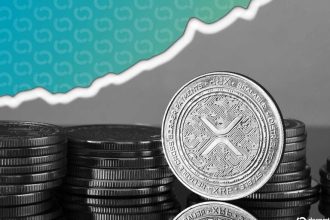India’s Tax Board Chairman Outlines Stronger Crypto Tax Enforcement Measures
India’s Central Board of Direct Taxes (CBDT) Chairman, Ravi Agrawal, has stated that the nation is escalating its use of artificial intelligence (AI) and international data-sharing agreements to combat crypto tax evasion. The tax department now utilizes data analytics to automatically compare crypto transactions reported by platforms with income tax returns, triggering notices for discrepancies exceeding ₹1 lakh ($1,200), according to Agrawal.
Agrawal also confirmed India’s participation in the OECD’s Crypto-Asset Reporting Framework (CARF). CARF requires crypto service providers (VASPs) like exchanges to collect and share user transaction data directly with tax authorities. This initiative aims to facilitate automatic cross-border data exchange, enabling the tracking of offshore crypto holdings and ensuring global tax alignment.
In brief
- The CBDT Chairman outlined India’s increased use of AI and international data-sharing to identify crypto tax evaders.
- Data analytics is used to automatically compare crypto TDS data with ITRs and issue automated notices.
- India actively participates in the OECD’s CARF to enable automatic cross-border sharing of crypto tax data.
This enforcement effort builds on India’s 2022 crypto tax overhaul, imposing a 30% tax on crypto profits and a 1% TDS on transactions above a threshold. Since the reforms began, India’s tax authorities have collected approximately $818 million (₹700 crore) in crypto taxes.
Experts anticipate that enhanced digital wallet oversight and automated tax data exchange will create greater visibility within India’s crypto sector, previously noted for its volatility and high-risk characteristics. Legal provisions strictly limit digital access “only during search and survey operations,” reinforcing privacy protections.
While the department can trace significant discrepancies, the finance ministry acknowledges limitations; specifically, there is currently no real-time matching of crypto transactions reported in income tax returns with data from VASPs.











